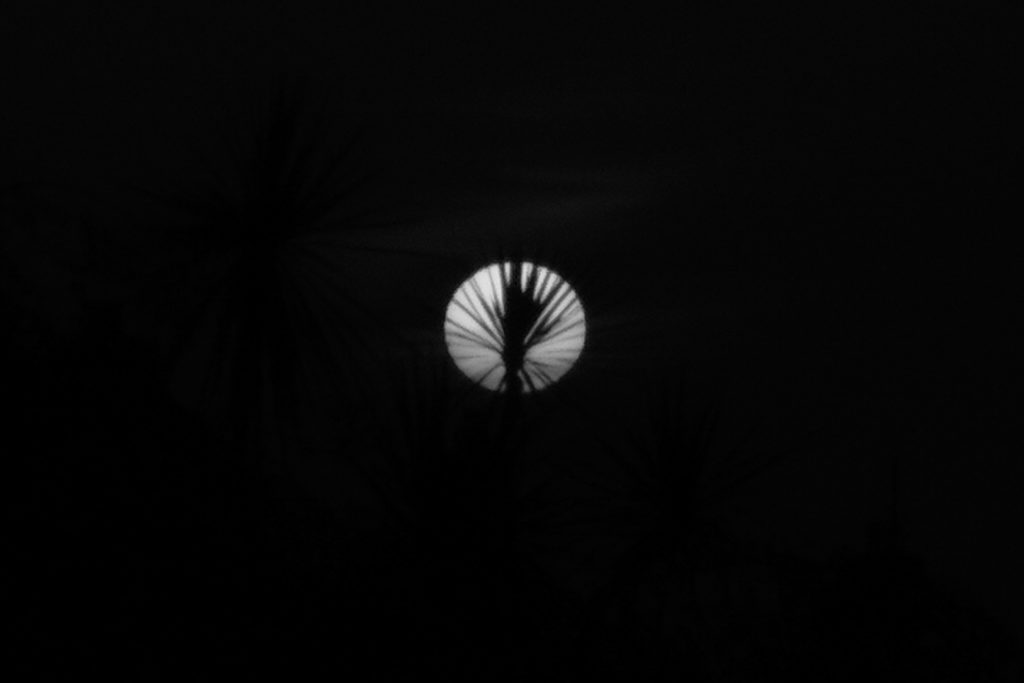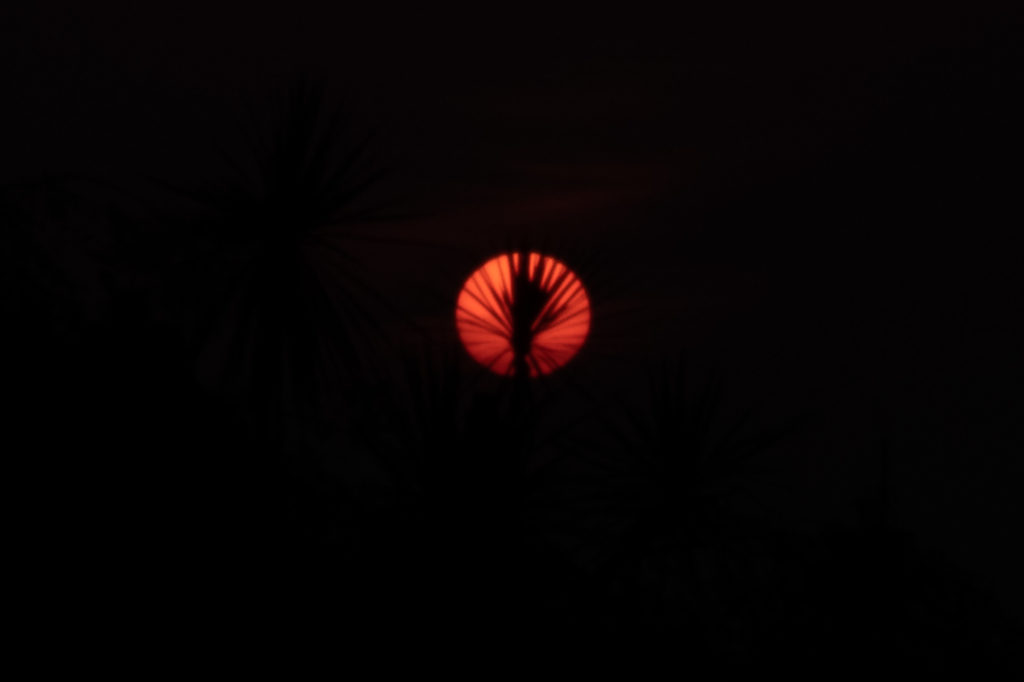I looked up and out to see a rainbow. The merest hint of a fleeting rainbow dragged a memory of red from deep within me. The memory was of an essay that Arthur C. Clarke wrote. The Light of Common Day was published in 1963 and he made a point that fascinated me when I read the essay many years later as an adult.
Fuji X-T4 | Fuji XF18-55 F2.8-4 R LM OIS | 83 mm | 1/2000s | f/13 | ISO 160 | handheld
He was writing about sunlight and how our eyes are tuned to just one octave of the spectrum. He suggested that evolution had selected this octave because it’s the most energetic. He wrote of colours and red. He discussed the longer wavelengths of infra-red that we do not see and the even longer wavelengths of radar. He reminded the reader that the longer wavelengths need proportionally larger sensors to detect and collect the energy. The wavelengths of infra-red are already too long for your eyes, so nature evolved the bigger area of your skin to detect the heat that orients you to the sun. You are, if nothing else, an infra-red antenna. The radio wavelengths, such as AM and FM, are very much longer than your personal biological sensors can detect. I suggest you can get a sense of this if you compare the size of your eye or your skin area to a radio antenna, a satellite TV dish or an airport radar dome.
Clarke pointed out that ‘if creatures with radio senses do exist anywhere in the Universe, they must be far larger than whales and can, therefore, only be inhabitants of gravity-free space’. The mind of a writer of science fiction is fascinating. Lucid thinking is the spark of stories. Perhaps there is a fluid out there that might support a greater volume than a whale. Perhaps that life form would be based on something other than carbon
Red is a colour that is fascinating me this month. A few months ago, I participated in a competition where the theme was ‘red’. My red submissions didn’t get noticed.
That got me thinking about how the relatively long red wavelengths penetrate haze. Photographers employ haze filters, passing red, especially in black and white photography. And I’m lucky that my Fuji X-T4 camera can render images in film simulations. Digital filters are employed to replicate a host of film types. It can simulate monochrome film. I sometimes use a monochrome simulation called Acros in my viewfinder. I do this to focus on the tonal variations in the scenes I am viewing. So why not do a chapbook in monochrome?
And that’s a part of the story of how I got black and white from red. And that’s why so many of my recent posts have been decorated with greyscale imagery.



Leave a Reply